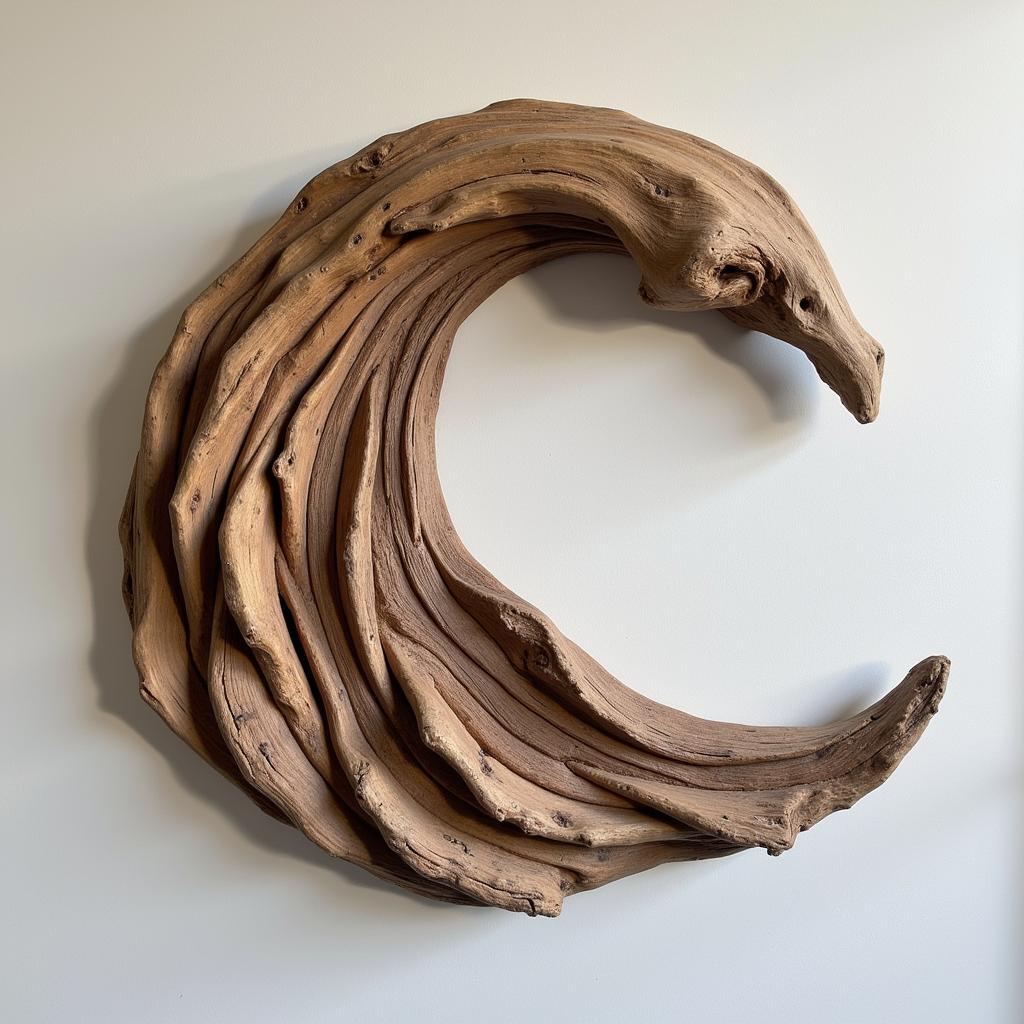Snapping Turtle Art: Exploring the Depths of Creativity
Snapping Turtle Art offers a captivating blend of nature’s rugged beauty and artistic expression. From realistic depictions to stylized interpretations, snapping turtle art captures the unique characteristics of these ancient reptiles, showcasing their powerful presence and intricate details. Whether you’re a seasoned artist or a beginner, exploring snapping turtle art can be a rewarding experience. Let’s dive into the fascinating world of snapping turtle art and discover the myriad of creative possibilities it holds.
Unleashing Your Inner Artist with Snapping Turtle Art
Snapping turtles, with their prehistoric appearance and powerful jaws, provide ample inspiration for artists of all levels. Their textured shells, sharp claws, and expressive eyes offer a wealth of detail to explore, whether through painting, drawing, or sculpting. Are you looking to create a realistic portrait or a more abstract interpretation? The possibilities are endless.
Painting the Snapping Turtle: A Symphony of Colors and Textures
Painting snapping turtles allows artists to experiment with various mediums, capturing the intricate patterns and textures of their shells. Acrylics, watercolors, and oils each offer unique advantages for depicting the nuances of these creatures. Consider using a dry brush technique to highlight the rough texture of the shell, or layering washes of color to create depth and dimension.
One effective technique for capturing the turtle’s shell is to start with a base layer of dark browns and greens. Then, gradually build up lighter tones and highlights to create a sense of depth and texture. You can also add subtle hints of blues and purples to mimic the reflections of light on the water.
Drawing the Snapping Turtle: Capturing Essence through Lines
Drawing snapping turtles offers a more intimate and detailed approach to capturing their unique features. Pen and ink, charcoal, and graphite pencils are excellent choices for creating intricate line work and shading. Focusing on the interplay of light and shadow can bring your drawing to life, highlighting the turtle’s form and texture.
Sculpting the Snapping Turtle: A Three-Dimensional Journey
For those seeking a tactile experience, sculpting snapping turtles allows for a deeper exploration of their form and structure. Clay, wood, and even stone can be used to create stunning three-dimensional representations of these creatures. Remember, the key is to capture the essence of the snapping turtle, its strength and resilience, in your chosen medium.
“When sculpting a snapping turtle,” says renowned wildlife sculptor Amelia Stone, “it’s important to pay attention to the subtle curves and angles of the shell, as well as the powerful musculature of the legs and neck. This will help you create a piece that is both anatomically accurate and artistically compelling.”
Choosing Your Medium: A World of Possibilities
Whether you prefer the vibrant hues of paint, the precise lines of drawing, or the tactile experience of sculpting, there’s a medium perfect for expressing your artistic vision. Experimenting with different materials and techniques can lead to surprising and rewarding results. Reptile art activities for preschoolers can be a great starting point.
“Don’t be afraid to experiment with different approaches,” encourages art instructor David Miller. “Sometimes, the most unexpected combinations of mediums and techniques can lead to the most captivating results. Embrace the process and allow your creativity to guide you.”
Conclusion: Embrace the Art of the Snapping Turtle
Snapping turtle art provides a unique avenue for artistic exploration, combining the natural world with creative expression. Whether you’re a seasoned artist or just beginning your creative journey, the snapping turtle offers a wealth of inspiration. So grab your materials, embrace the challenge, and let your creativity flow!
FAQ
- What are some good resources for learning how to draw snapping turtles?
- What types of paint are best for capturing the texture of a snapping turtle’s shell?
- Where can I find inspiration for snapping turtle art?
- What are some tips for sculpting a realistic snapping turtle?
- How can I incorporate snapping turtle art into my existing art practice?
- What are some common mistakes to avoid when creating snapping turtle art?
- Are there any online communities or forums dedicated to snapping turtle art?
When you need support, please contact Phone Number: 02462573573, Email: [email protected] Or visit: Savico Megamall, 7-9 Đ. Nguyễn Văn Linh, Gia Thụy, Long Biên, Hà Nội 10000, Việt Nam. We have a 24/7 customer care team.


